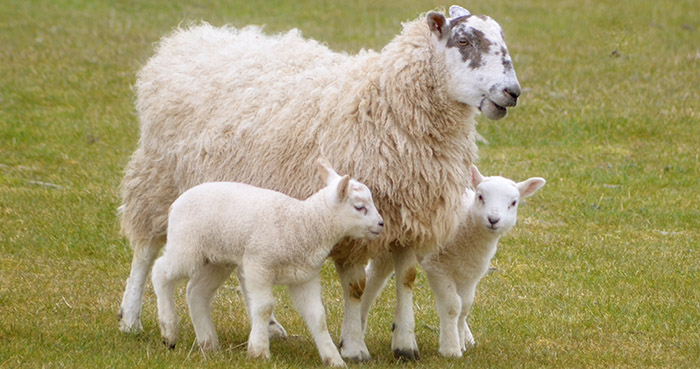Until a UK-EU trade agreement is reached, tariff-free exports to the EU and demand from China for New Zealand and Australian lambs present a “decent outlook” for farmers who can maximise their 2020 lamb crop.
This is how Mike Gooding, a director at the farmer-owned lamb processor-exporter Farmers First, sees it.
Vet Dr Elizabeth Berry of Animax said this clearly means farmers will want to focus on maximising several factors.
“These include lambing percentage, ewe and lamb health, and efficiency converting grass into growth,” Dr Berry said. “But all of these can be held back by under-par trace element status, even at sub-clinical levels.
“Pre- and post-lambing, the critical ones are selenium, iodine, cobalt and, on some but not all farms, copper. If just one is lacking, this can impact on health and performance.”
To address this risk, Dr Berry reported an increasing number of farmers opting for a 180-day “trickle charge” of micronutrients offered by leaching bolus technology.
“Timing is flexible,” she said, “typically four to six weeks before lambing, then repeated six months later. Lambs gain too, of course, as a result of trace element enriched milk.
“In this post-election honeymoon period before either a new Agriculture Bill is passed or an EU-withdrawal trade agreement reached, getting ewes fine-tuned now for robust health, high milk production and optimal forage efficiency makes sound business sense.”


